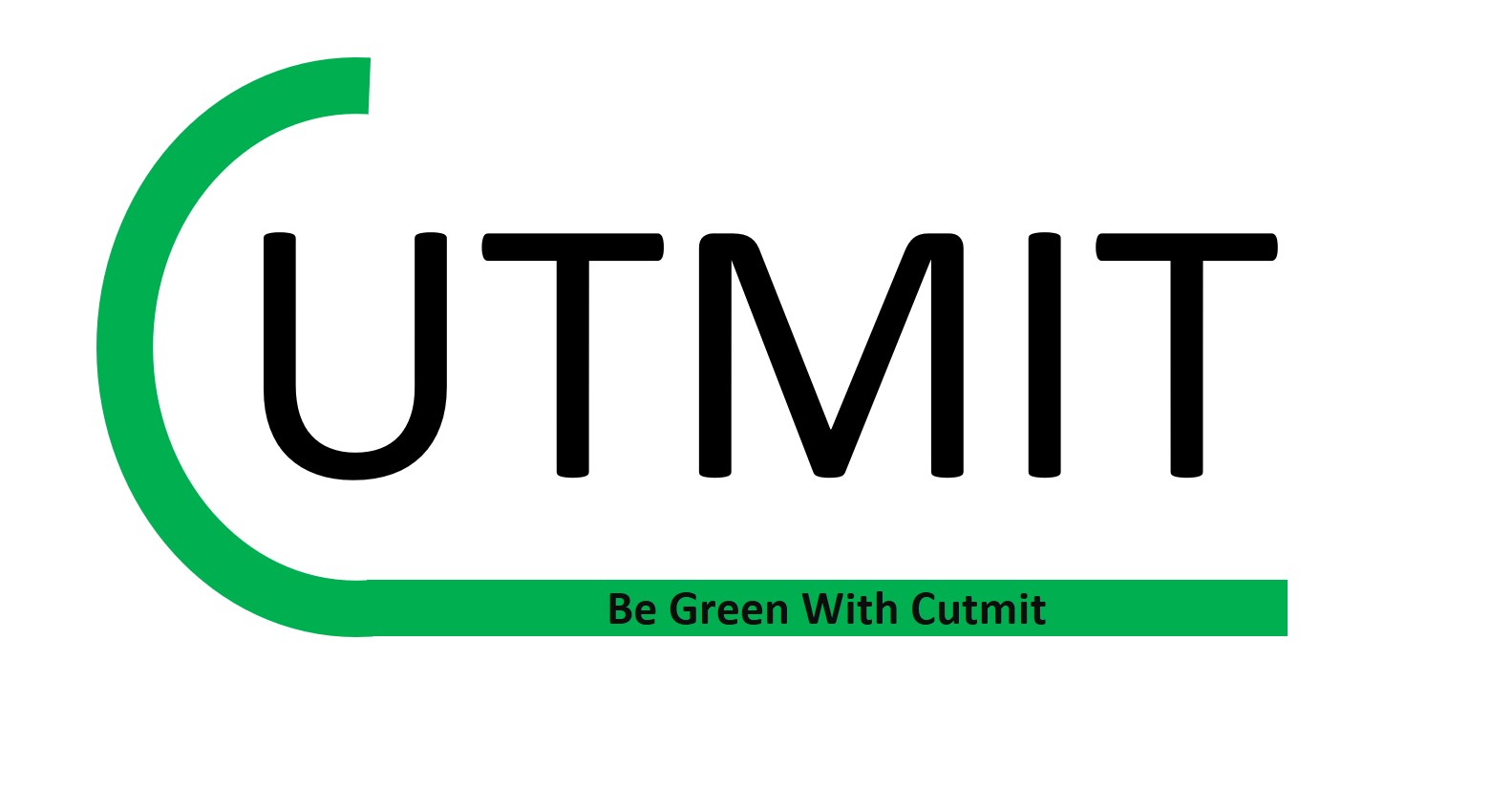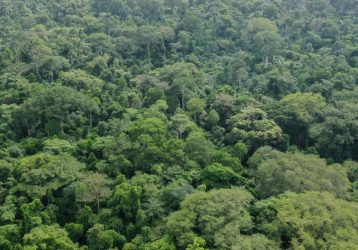
Enhanced weathering for carbon removal
Weathering
Weathering causes rock to progressively fracture or transform due to abrasion, frost wedging, pressure release (unloading), and biological activity. These events are influenced by environmental conditions such as heat, water, wind, and other aspects.
In enhanced weathering, the rock is physically broken down into smaller pieces before soil application.
Enhanced rock weathering is the mechanical breaking of silicate rock before spreading it on farmland to remove greenhouse gases such as carbon dioxide from the atmosphere.
This process has occurred naturally for millions of years, but by smashing the rocks to expand their surface area and distributing them across farmlands, the process is accelerated.
- Rocks, such as basalt contain many minerals and as they age, they release minerals to boost soil health and sequester carbon dioxide.
- This process is accelerated by dispersing crushed rock over farmland, to increase its contact with carbon dioxide.
- Once the reaction happens, the carbon dioxide is irrevocably retained for over ten decades.
- Quantifying CO2 Removal at Enhanced Weathering Sites: a Multiproxy Approach
- The environmental controls on efficiency of enhanced rock weathering in soils
- Optimization of enhanced weathering networks with alternative transportation modes
- Potential for large-scale CO2 removal via enhanced rock weathering with croplands
Contact us at the Consulting WP office nearest to you or submit a business inquiry online.
Consulting theme is an invaluable partner. Our teams have collaborated to support the growing field of practitioners using collective impact.



